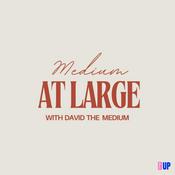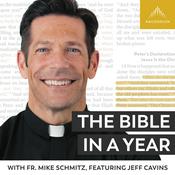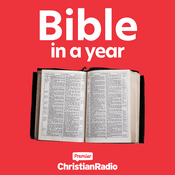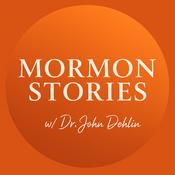38 episodes

When the Kingdom of Light meets the kingdom of darkness (demonology)
03/11/2025 | 51 mins.
From Genesis to Revelation,Scripture consistently pulls back the curtain on a world beyond sight, filledwith angels, fallen angels, and demonic powers, and other spiritual entities,contending for influence. The Bible never treats this realm as myth but as apresent and active reality shaping human history and destiny. For the believer,the real battlefield is not fought in flesh and blood, but in the unseenspiritual arena where faith, obedience, and authority in Christ determinevictory. As a born-again follower of Christ,you have been given authority to live a victorious life over the forces ofdarkness. Jesus gave authority to His Body, the believers, meaning that I donot have more authority than anyone else. Authority does not rest in a person,but in Christ.

The importance of spiritual discernemnt
29/10/2025 | 44 mins.
We are living in changing and perilous times. As followers of the LORD, we must discern properly. In this message, Abri focuses on the importance of having Bible based discernment.

The four phases of spiritual growth (and the 4 types of churches)
20/10/2025 | 46 mins.
In our walk with the LORD, we gothrough various stages of spiritual growth. Not only do individuals go throughthese stages, but churches and even cultures do as well. Understanding thestages will help you extend more grace and mercy to those around you who arenot at the same Stage you are. Here are the four stages of spiritual development.

The role of a father (Father's day message)
08/10/2025 | 27 mins.
A father anchors the family with stability, direction, and protection. His words and actions shape how his children understand love, responsibility, and faith. By leading with integrity and presence, he builds confidence and security in those who depend on him. A father’s quiet strength and steady guidance often become the unseen foundation on which the whole home stands.

The Feast of Tabernacles
08/10/2025 | 23 mins.
The Feast of Tabernacles, or Sukkot, commemorates God dwelling with His people in the wilderness, and it prophetically points to Jesus as the true Emmanuel, God dwelling among us, who provides living water and eternal shelter for all who believe in Him.
More Religion & Spirituality podcasts
Trending Religion & Spirituality podcasts
About The Chaplain's Commentary
Listen to The Chaplain's Commentary, Medium at Large and many other podcasts from around the world with the radio.net app

Get the free radio.net app
- Stations and podcasts to bookmark
- Stream via Wi-Fi or Bluetooth
- Supports Carplay & Android Auto
- Many other app features
Get the free radio.net app
- Stations and podcasts to bookmark
- Stream via Wi-Fi or Bluetooth
- Supports Carplay & Android Auto
- Many other app features


The Chaplain's Commentary
download the app,
start listening.




























